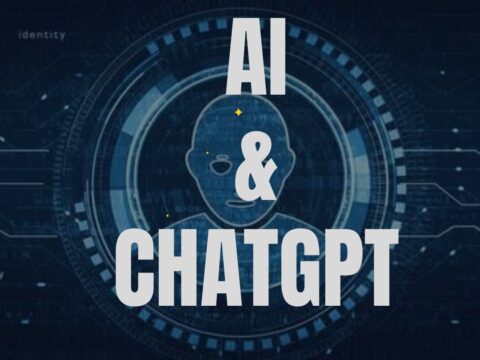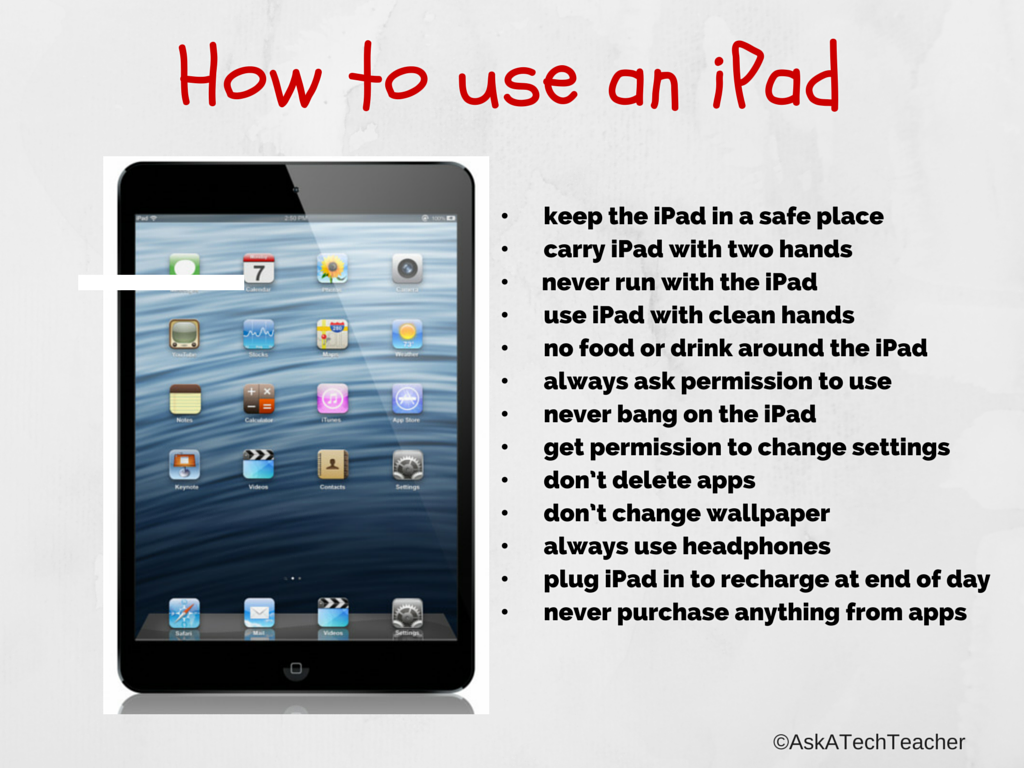If you don’t have children, you may not have noticed the massive changes going on in how students learn. Where adults are struggling with adjusting to the onslaught of technology in their lives, hoping to slowly inch their way into its use, students have no such luxury. Every year, there are new iPads, apps, online grading systems, a teacher website they have to visit every day for homework. As a teacher for twenty five years (the last fifteen in technology), it has my head spinning.
But students don’t mind a wit. They’re ready, wondering what’s taking us so long to use the tools they can’t get enough of at home.
For every tool added, one that has been a mainstay of education for decades must disappear. Here are eight that you should wave goodbye to because within the next ten years, they’ll be gone:
Books
Do you remember when you used to have a textbook for every subject. When it was social studies time, you pulled the textbook out and followed along chapter-by-chapter, hoping to finish by the end of the year? Not anymore. Now, teachers use a variety of multimedia materials, rarely as mundane as a text with pictures. Now, history comes alive with primary source audio and video, simulations of events, and games that reinforce math and science.
Textbooks–if not already in your school–will soon be all digital. Not only does that eliminate overstuffed backpacks, lost and forgotten book, they’re lighter and highly portable wherever students are likely to end up for studying. Plus, digital books are usually interactive, including links to movies, animations, and other multimedia that teaches students in ways they learn better. Even literature is read on ereaders rather than checked out of the library.
Pencils
Pencils have been the mainstay of the classroom for decades. Teacher kept cups full of them, nicely sharpened, available for students who forgot theirs. Now, all those reasons that made pencils irreplaceable are disappearing. Tests are as likely to be taken online with a keyboard as by passing out paper. If there are tests at all. Assessment is as likely to be by a project, a presentation, or anecdotal observation of student work. Notes are often taken with Evernote or OneNote (Or Google Apps for sharing with classmates) on a netbook, iPad, or laptop. Notes to the teachers are via email or a shared document through Google Docs. If by chance, a pencil is required, students probably have a mechanical one.
Chalkboard
Blackboards gave way to whiteboards, and now, those have been replaced by Smartscreens. They’re interactive, touch-sensitive, can be saved or erased with a touch.
And there’s no chalk dust.
Face it. When was the last time you saw a chalkboard?
Teaching from the Front of the Class
The traditional classroom with neat rows of desks pertly facing forward, the teacher occupying pride of place at the front as s/he pontificates Important Information, is dated. Chairs are now collected in inward-facing tables circles, the teacher weaving her way through student groups collaborating on projects–sometimes on the same topic, usually self-directed and self-paced . Teachers are now coaches, mentors, guides, part of educations new ‘flexible learning paths’, responsible not for dispensing of knowledge but differentiating for each students unique learning style.
This is nowhere more apparent than the growing interest in online classes. It’s not just in college anymore. Now, students can go to accredited K-12 schools online, never setting foot into a classroom with a teacher marching along the front. Online classes have changed over the past decade, adding tools like screen-sharing, online group collaboration (like Google Hangouts), multimedia (like audio and video) on demand, 24/7 availability, never the worry of losing homework or assignments. Once they can offer 3D and holograms, there’ll be no reason to enter a school building.
Technology-free Class
Common Core has stuck a fork in this one. If teachers were clinging gamely to the hope that they could retire before being forced to add tech to their classrooms, they just lost that race. The new Common Core Standards mention ‘technology in the classroom’ and ‘digital devices’ at least twenty-seven times I counted as tools for accomplishing the goals of college and career. Technology is required for all the significant K-8 goals, including publishing, sharing, constructing knowledge, deep learning, close reading. Consider these (truncated for brevity):
- Expect students to demonstrate sufficient command of keyboarding to type a minimum of one page [two by fifth grade] in a single sitting
- Expect students to evaluate different media (e.g., print or digital …)
- Expect students to gather relevant information from print and digital sources
- Expect students to integrate and evaluate information presented in diverse media and formats
- Expect students to interpret information presented visually, orally, or quantitatively (e.g., … interactive elements on Web pages)
- Expect students to make strategic use of digital media
- Expect students to use glossaries or dictionaries, both print and digital …
- Expect students to use information from illustrations and words in print or digital text
- Expect students to use a variety of media in communicating ideas
- Expect students to use technology and digital media strategically and capably
- Expect students to use text features and search tools (e.g., key words, sidebars, hyperlinks) to locate information
…and this Common Core note:
New technologies have broadened and expanded the role that speaking and listening play in acquiring and sharing knowledge and have tightened their link to other forms of communication. Digital texts confront students with the potential for continually updated content and dynamically changing combinations of words, graphics, images, hyperlinks, and embedded video and audio.
The underlying theme can’t be ignored: A 21st Century learner requires technologic proficiency. Final proof is that Common Core summative assessments will be completed online—only possible if students use technology as comfortably as paper and pencil to demonstrate knowledge.
By the same token, parents who want to shield their children from technology are losing their battle. It used to be acceptable to not want your student to use the internet for research or online work, but now, that is no longer an option. As much as teachers must change, so must parents.
Memorizing
Memorizing state capitals is so yesterday. Now, students know where to find the answers they need using strategies like online websites, tools like Google Earth. It’s not enough to know an answer–the student must provide evidence and sources. Critical thinking is as likely to be evaluated as that the student can rattle off 50 capitals.
Teacher as expert
Teachers are no longer the last word in any discussion. Now, teachers are coaches. They prod students to understand material, figure out the logic, solve problems. The buzz word is ‘inquiry’–students learn a little, get curious, ask questions. Student interest drives the class. The teacher has a general syllabus, but s/he is tuned into student needs and interests, listens to what catches their attention, then expects students to seek out answers, experiment.
This plays right into another major shift in education, that being collaboration. Look at the growth of Personal Learning Networks, face-to-face meetings like Google Hangouts, forums, and group chats. The importance of peer-to-peer is replacing working alone. The firestorm of dread and worry over social media is not going to stop it. Students are rushing ever-more-quickly that direction, no matter how we try to scare them away. We as teachers might as well teach kids the way they want to learn rather than stick our finger in a failing dam.
Cursive
This one’s going to get me into trouble, but please–don’t kill the messenger! It’s not my fault that cursive is finding less and less utility in the modern classroom. There’s a reason Common Core never mentions the word ‘cursive’, yet keyboarding is critical. By middle school, students use keyboards (much) more often than handwriting. Sure, there are things that will always require handwriting (I used to say checks, but those are going away, too, so lets say notes from parents), but how much time should teachers spend preparing students for those rare events?
That’s eight trends that will no longer be part of a student’s life. I bet you can come up with a few more.
Jacqui Murray has been teaching K-18 technology for 30 years. She is the editor/author of over a hundred tech ed resources including a K-12 technology curriculum, K-8 keyboard curriculum, K-8 Digital Citizenship curriculum. She is an adjunct professor in tech ed, Master Teacher, webmaster for four blogs, an Amazon Vine Voice, CSTA presentation reviewer, freelance journalist on tech ed topics, contributor to NEA Today, and author of the tech thrillers, To Hunt a Sub and Twenty-four Days. You can find her resources at Structured Learning.




































I believe the best thing we can do is stop fighting technology. Our job is to prepare our students for success in life after school and in the workplace. We should be embracing technological advances, we are fighting common core and any other changes from our comfort zones. Think of this, with the use of a tablet loaded with the text and complete resources for the entire curriculum for every subject that allows for the common core connectivity allows you meet all the required standards while giving each student an equal playing field for success. I believe that an added bonus comes when we realize that after the initial investment is made a considerable savings will be realized.
Here, here, Barney. I hope everyone reads your comment.
Very interesting article and so true, adults have to unlearn and relearn, I really need my colleagues to read this one!!
Oh yes, Angela. I’m hoping a few of my fellow teachers read it, too!
It’s difficult to stomach another “flavor-of-the-month” national standard curriculum considering the lack of success they have had thus far. I agree that technology is simply too critical to ignore, but the content of what is being taught doesn’t help students
That’s a whole different topic with a lot of hot opinions on both sides. I think I will stick with tech-in-edu for the moment!
By the way, this website has been absolutely critical to the success of my classroom this year. Absolutely phenomenal job!
Thanks, Eric! I love feedback like this. Let me know if there are any questions I can help with.
The teachers are all for the change, but the district is lagging behind in the funding for the computers and other equipment needed to get all students “0n line”. Teachers are still being forced to write grants if they want the technology in their class for all students. It is a bit frustrating knowing that all this is coming and not being able to do. I am also a little frustrated that districts and schools to very little to train and prepare the teachers to use these different technologies. (the new teachers are pretty proficient, but us “old dogs” sometimes take longer
When I saw how much Common Core relied on technology, I assumed school districts would step up. But emails and comments like yours tell me that’s harder than it sounds. I guess I’m glad CC is forcing the issue, but it will be interesting to see what school districts do as the deadlines approach. Even new teachers–at least in the credential programs I’m familiar with–aren’t prepared to use tech as an integral tool. Sure, they can use it, which isn’t the same as using it effortlessly. It will be an interesting few years.
The new technology learning that is now taking place in school is a good way of getting most of the students interesting in learning. We are now living in the digital age and students now a days are really able to manipulate the gadgets that are readily available to them. Technology makes learning interesting and interactive therefore making students less disruptive. This also allow teachers to be more of a facilitator/ coach than to be the one to present the information to the students thus making teaching and learning easier for both teacher and students alike.
Do you find it a challenge to keep up with all the tech devices? I am naturally curious, but there is so much out there!